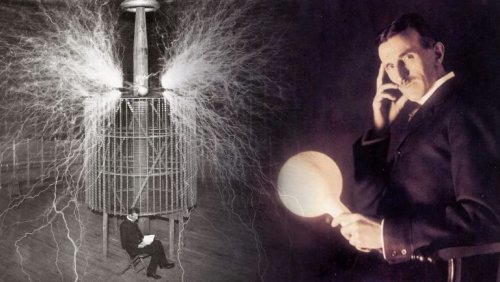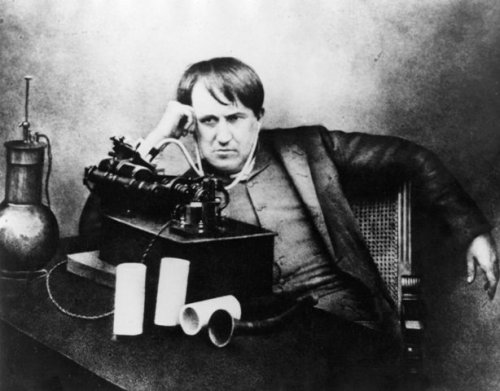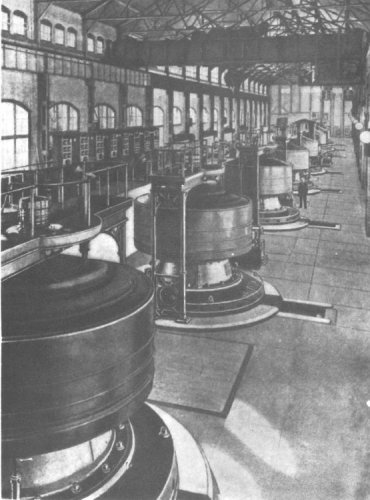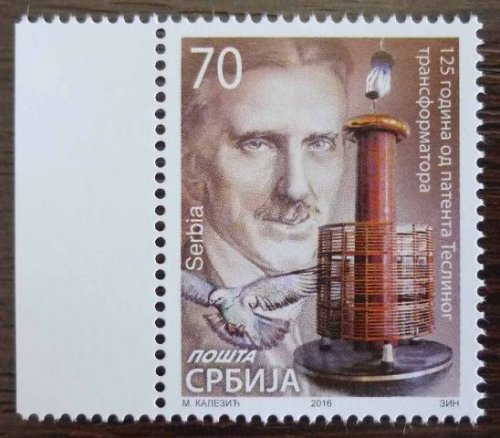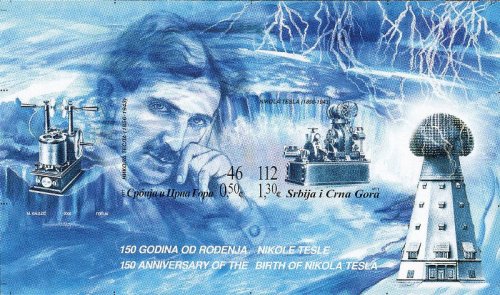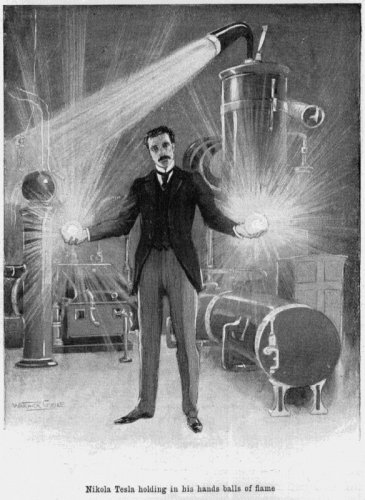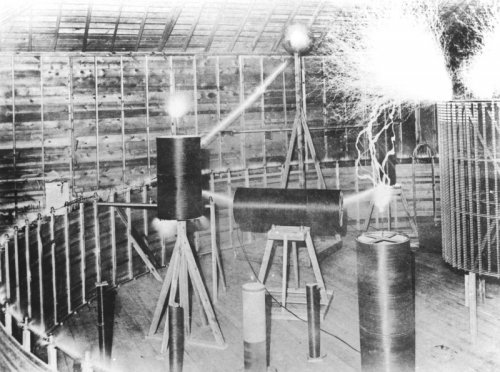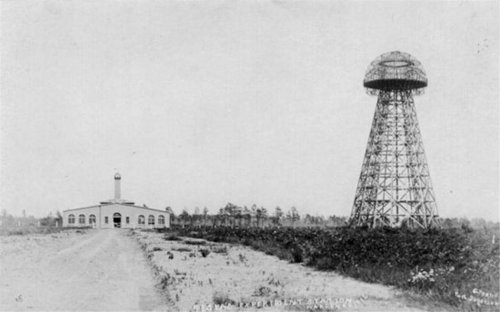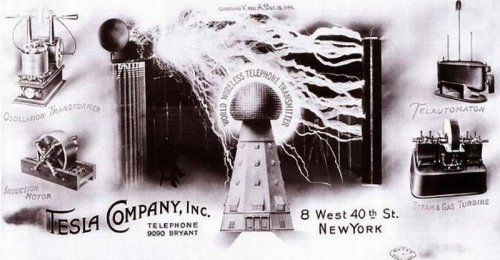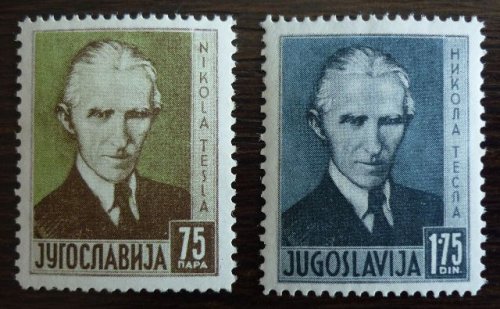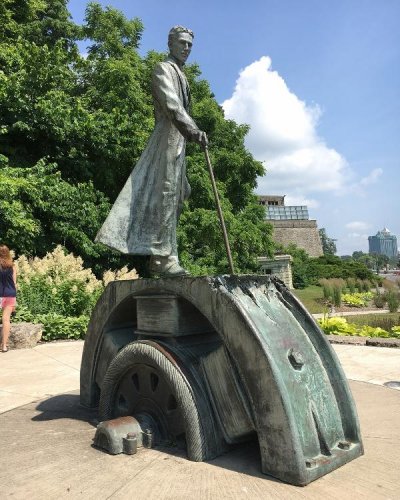Nikola Tesla - biography, inventions, scientific discoveries, interesting facts
Nikola Tesla (07/10/1856 — 01/07/1943) — one of the greatest figures in the field of electrical engineering and radio engineering. His work on the creation of a polyphase electric motor and on high-voltage, high-frequency currents had a huge impact on technical progress and formed the basis for the emergence of entire branches of the electrical industry.
Nikola Tesla was born on July 10, 1856 in the family of a priest from the Serbian village of Smiljan, near the Adriatic coast. After graduating from a real school, Tesla successfully graduated from a higher technical school in the city of Graz and entered service in Budapest as a telegraph head of the government telegraph. At first he was able to make some improvements in telegraph equipment.
Despite his successes, Tesla neglected the enviable career of an engineer in the electrotelegraph service at that time and decided to enter the University of Prague to obtain a theoretical basis for a thorough analysis of electrical problems.After graduating from the university, Tesla moved to France and there, in the service of the "Continental Edison Company", he was engaged in the installation of electrical equipment in the central power plant that was being built in the city of Strasbourg.
Carrying out the monotonous daily work of performing other people's technical tasks, Tesla came up with the idea of moving to America, where he hoped to find an application for some constructive ideas that had already ripened in him, and to receive funds for their further development. development. This intention was realized by Tesla in 1884.
In the USA, Tesla went to work in Edison's laboratory near New York. Tesla made a good impression on Edison with his attitude towards research experiments and exceptional performance.
Like Edison, Tesla spent 16-18 hours at a time at work and sometimes did not leave his workplace in the laboratory for days. However, a fundamental difference soon emerged in the work and aspirations of these two extraordinary inventors.
Devoting himself entirely to invention, Edison sought to implement as many different inventions as possible and immediately apply them to strengthen his material resources, while Tesla mostly sought to study the basic problems of the science of electricity while simultaneously seeking solutions of complex electrical engineering issues.
Edison laughed at the "philosophizing" of his assistant, trying to temper his search for new paths in science. After working for Edison for about a year, Tesla broke up with him.
In 1886 (a year after Ferrari's work was published), Tesla designed a two-phase induction motor.
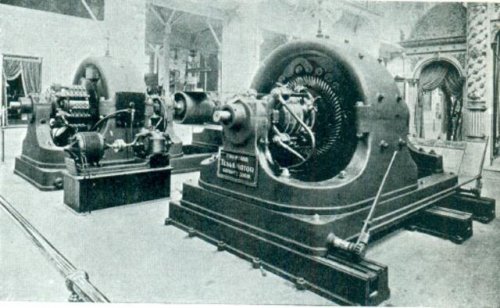
Controversies between DC and AC proponents were widely reported in the world electrical press of this period (for more details see here — War of currents).
The alternating current asynchronous motor invented by Nikola Tesla came in time, and Westinghouse, after purchasing all Tesla's patents, invited him to serve in his factory.
After the sale of patents, Tesla became a rich man and at the same time one of the most popular inventors of that time not only in the United States, but also far across the Atlantic Ocean, especially when Tesla's engines were successfully used in a power plant built on the Niagara waterfall.
Tesla was elected an honorary member of several universities and scientific societies, as well as a vice president of the American Society of Electrical Engineers. Tesla's laboratory in New York was visited by many scientists, among whom there were world-famous scientists - Lord Kelvin, Helmholtz and others. The leading electrical press in all countries published articles by Tesla himself, as well as articles about his experiments and inventions.
During these years (1889 — 1895), Tesla conducted a series of experiments on the wireless transmission of electrical energy over long distances, for the first time creating machines and devices for receiving currents of high voltage and high frequency. In 1893Tesla is trying to wirelessly transmit electrical signals over a distance.
This is what the Russian scientist A.S. Popov, who visited the World's Fair in Chicago that year, wrote about it: "At the departing station, Tesla raised an insulated wire on a high mast, equipped at the upper end with a container in the form of a metal sheet; the lower end of this wire was connected to the pole of the high voltage and high frequency transformer. The other pole of the transformer was connected to ground. The discharges of the transformer were heard at the receiving station of a telephone connected to the ground and a high raised wire ... ”.
Although these remarkable experiments of Tesla are still far from solving the problem of the wireless telegraph (radio), they, in the general chain of works that developed the famous study of Hertz, greatly interested Popov, who two years later, through intensive more further work, carried out for the first time practical telegraphy without wires.
One of the biographers, John O'Neill, describes Tesla's work during these extremely fruitful years of his discoveries and experiments as follows: “He succeeded in obtaining electric light without any heating. At a high frequency of electric current, Tesla hoped to find ways to wirelessly transmit electrical energy on a global scale to every part of the world ... In lectures given in various cities of America and Europe in 1892, Tesla demonstrated lamps and motors working of a wireless system using high frequency currents. «
Tesla's personal life was unsuccessful. In the late nineteenth century. an economic crisis broke out in the United States, which brought the Westinghouse company to the brink of collapse.Upon learning of this, Tesla went to the headquarters of his former patron and publicly tore up their original agreement, losing about $10 million.
His biographer V. Abramovich wrote: "I can't imagine Tesla smiling, only sad."
During this period, a fire broke out in Tesla's laboratory in New York and many years of works, great scientific results, were destroyed.
In an interview, Tesla said the following: “In my laboratory, the following latest achievements in the field of electrical phenomena were destroyed. It is, first, a mechanical oscillator; second, a new method of electric lighting; third, a new method of transmitting messages wirelessly over great distances, and fourth, methods of investigating the very nature of electricity. Any of these works, as well as many others, can of course be restored, and I will do my best to restore them in the new lab. «
In 1899, with the money of American businessman, banker and financier John Morgan, Tesla built a laboratory in Colorado with the necessary equipment. There he achieved "artificial lightning" and, working on the problems of wireless transmission of electrical energy over long distances, made original experiments.
Therefore, Professor V. K. Lebedinsky wrote about it: "Tesla excited powerful electric oscillations in his resonant transformer, seeking to pump energy into the second circuit with the help of a large connection and a length of two waves, as later theoretically explained by Oberbeck and M. Vin, he controlled the spark with the help of a magnetic blast and broke it, and finally moved on to the high-frequency machine, constructing its first prototype.Tesla did all this based on a clearly imagined desire to transmit electromagnetic energy to any distance, to the entire globe, without wires, so that everyone, wherever he was, could have a worker in his resonator for all the needs of life. «
Back in New York, Tesla built a powerful new laboratory on Long Island with a huge tower 189 feet high. It was a whole city where many new original scientific discoveries and inventions came from.
During the period from 1889 to 1936, Tesla made about 800 different discoveries and inventions, of which 75 were realized. Of the one hundred and thirteen patents for inventions he received in the United States, 29 patents belonged to high-voltage and high-frequency currents, 41 patents to polyphase currents, and 18 patents to radio engineering.
The range of questions that interested Tesla included the question of splitting the atomic nucleus using high-voltage currents. He touched on this subject in his paper "On Static Electricity (Van de Graaf Generator)".
In 1917, Tesla received the highest scientific award in the USA, the Edison Medal, and at various times in his life he received the titles of honorary master of philosophy from Yale University, doctor of law from Columbia University, etc. In addition, he was awarded the Eliot Gold Medal. Watercress.
In 1936, in connection with the 80th anniversary of Tesla, the Yugoslav government issued a series of postage stamps with his image. In the jubilee days, when the International Scientific Congress dedicated to the activities of Nikola Tesla was held in Yugoslavia, his scientific activity was widely reflected in all the schools of that country.
Tesla died on January 7, 1943 in the United States.Several thousand people, including many prominent figures in science and technology, followed his coffin.
In connection with the death of Nikola Tesla, Edwin Armstrong, a famous radio engineer, wrote: "... the discoveries in the field of polyphase currents and the induction motor alone would have been enough to give Tesla eternal, unfading fame ... energy over long distances, Tesla is the prophet, which many years ahead predicts the reality of such a task, despite the fact that there are still no tools and equipment necessary for this ... ".
The unit of magnetic field induction is named after him. in NE — «tesla». One of IEEE's most prestigious awards, the Tesla Medal, is awarded annually for excellence in the production and use of electricity.

